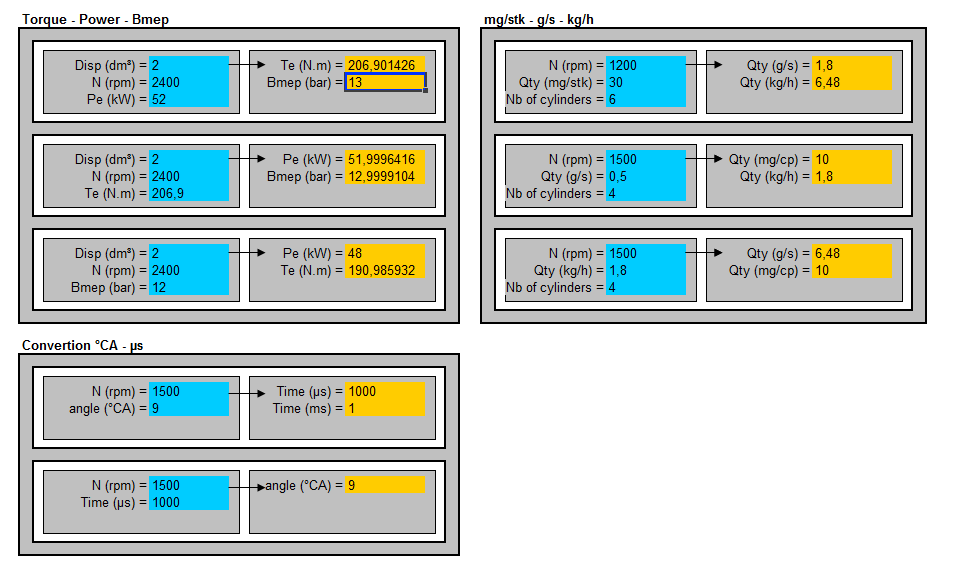The CES 2015 is about to close its doors. Please find below the last article dedicated to the automotive innovations seen during the show (You can also read Part 1 and Part 2).
Continental product highlights at the CES 2015
Continental is highlighting how automotive electronics benefit from connecting the vehicle to the cloud under the company’s exhibition theme, “the power of intelligent mobility.” The international automotive supplier is demonstrating this to its customers using four innovation paths: Control, Entertainment, Information and Safety.
The Dynamic Electronic Horizon
At the core of Continental’s innovations for CES 2015 is the dynamic electronic Horizon (eHorizon). Together, with its collaboration partner IBM and the location cloud company HERE, Continental turns the digital map into a sensor that can be used for much more than navigation.
“With the dynamic eHorizon we have the ability to incorporate dynamic events like weather, traffic or construction sites on the route into the digital map and make this information available for vehicle electronics,” said Helmut Matschi, member of the Continental Executive Board and head of the Interior division. The information is gathered from a multitude of sources based on the principle of crowd-sourcing. “In fact the dynamic eHorizon turns cars into moving sensors, which constantly exchange data on the road with the cloud”, he continued.[image_frame style=”framed_shadow” align=”center” alt=”Continental Dynamic eHorizon” title=”The information is gathered from a multitude of sources based on the principle of crowd-sourcing” height=”470″ width=”650″]https://www.car-engineer.com/wp-content/uploads/2015/01/Continental-Dynamic-eHorizon.jpg[/image_frame]
With the dynamic eHorizon being the focal point of Continental’s CES 2015 exhibit, the automotive supplier is also showcasing how other systems benefit from the cloud. This starts with connected energy management for Continental’s mild hybrid system 48 Volt Eco Drive, which allows for the most efficient operating strategies during the drive. At the heart of this, the connected central powertrain controller from Continental uses the information from the cloud to improve functions like sailing, coasting or energy regeneration.
Telematics: Continental powers Subaru’s STARLINK
At the beginning of any connected service, stands a reliable connection to the mobile data network. Showcased at the CES 2015 and beginning this summer, Continental’s latest LTE capable Telematics Module will enable several connectivity services for Subaru’s in-vehicle technology, STARLINK, for US market vehicles. The range of services available to Subaru owners will include Stolen Vehicle Locator assistance, Automatic Collision Notification, remote vehicle services like lock/unlock via smartphone device, and monthly diagnostics reports keeping customers in touch with key vehicle functions.[image_frame style=”framed_shadow” align=”center” alt=”Continental’s LTE Telematics enables fast data transfer for Subaru’s STARLINK” title=”The range of services available to Subaru owners will include Stolen Vehicle Locator assistance, Automatic Collision Notification, remote vehicle services like lock/unlock via smartphone device, and monthly diagnostics reports” height=”469″ width=”650″]https://www.car-engineer.com/wp-content/uploads/2015/01/Continental’s-LTE-Telmatics-enables-fast-data-transfer-for-Subaru’s-STARLINK.jpg[/image_frame]
Smartwatch – Intelligent Key: New Access Technologies from Continental
The Smartwatch as a car key is using Bluetooth to connect to Continental’s latest bidirectional remote key – also known as the gateway key. The gateway key works as an interface between the vehicle and the Smartwatch to transfer data (vehicle and diagnostics data, and user profile) to the vehicle. The Smartwatch is used as an operating device. Through an App, the driver can open or close the vehicle or exchange other information by using the display of the Smartwatch.[image_frame style=”framed_shadow” align=”center” alt=”Continental’s Wearable car key” title=”The Smartwatch as a car key is using Bluetooth to connect to Continental’s latest bidirectional remote key – also known as the gateway key” height=”470″ width=”650″]https://www.car-engineer.com/wp-content/uploads/2015/01/Wearable-car-key.jpg[/image_frame]
Augmented Reality: More efficient diagnosis and repair
Connected Services extend into the aftermarket and can help to facilitate diagnosis and the repair of vehicles. For that reason, Continental has its ‘Connected Technician’ solution using Augmented Reality technology. The tablet application connects to the car via a wireless communication interface and guides the technician step-by-step through the entire diagnosis and repair process.
It puts all of the information necessary for each step, i.e. work instructions, faulty parts or the exact tool needed for a certain job, in front of the technician allowing them to focus on the vehicle. Integration with dealer management systems ensures that the technician is working on the right job and a full feature diagnostics runtime automatically recognizes the vehicle type, detects faults and provides the complete technical information available for the car.
Environment sensors: Intelligence for safe and comfortable driving
Environment sensors, like cameras, radar and lidar provide the vehicle with the intelligence that allows the driver stress-free driving. They contribute by sensing the environment around the vehicle and increasing driving safety. When it comes to safety, monitoring not only the area in front of, or behind a vehicle, but also all around it, will be the next step towards accident-free driving.
With Surround View, Continental provides a complete 360-degree view around the entire vehicle. The combination of a rear-view camera with an active Advanced Driver Assistance Systems braking solution will help to minimize the fatalities and injuries caused by back over crashes. In 2014, NHTSA issued a mandate that will require all light vehicles to have rear-view visibility technology (backup cameras) by 2018. Additionally, these sensors enable and provide a fallback option for automated driving.
A driver attention monitoring system developed by JLR and Intel
At the CES 2015, Seeing Machines is demonstrating its Driver Monitor System (DMS) in a Jaguar F-Type prototype developed jointly with Intel at Jaguar Land Rover’s new R&D facility in Portland, Oregon.
DMS uses attention-monitoring sensors in the dashboard to detect eye and facial movements so it can identify if the driver has become inattentive, either due to drowsiness or distraction. It is sophisticated and can understand the state of the driver in real world conditions, including bright sunlight and if the driver is wearing glasses or sunglasses.[image_frame style=”framed_shadow” align=”center” alt=”A driver attention monitoring system developed by JLR and Intel” title=”At the CES 2015, Seeing Machines is demonstrating its Driver Monitor System (DMS) in a Jaguar F-Type prototype developed jointly with Intel at Jaguar Land Rover’s new R&D facility” height=”433″ width=”650″]https://www.car-engineer.com/wp-content/uploads/2015/01/A-driver-attention-monitoring-system-developed-by-JLR-and-Intel.jpg[/image_frame]
To deliver the processing power required by the DMS system, Seeing Machines asked Intel to install hardware in the F-Type prototype based on its newest Intel® Core™ i7 chips.
DMS could also help the car share information with the driver more effectively. Jaguar Land Rover is currently researching a next-generation heads-up display that could utilize the full width of the windscreen. The idea is to present the right information to the driver at the right time, without having to take their eyes off the road.
The Mercedes-Benz F 015
With the self-driving luxury sedan F 015 Luxury in Motion, Mercedes-Benz shows how the automobile is changing from a means of transportation to a private retreating space. One key aspect of the research vehicle is the continuous exchange of information between vehicle, passengers, and the outside world. This makes the International CES 2015 in Las Vegas, Nevada, the logical place for the world premiere of the F 015 Luxury in Motion.[image_frame align=”center” alt=”Mercedes-Benz F 015″ title=”With the self-driving luxury sedan F 015 Luxury in Motion, Mercedes-Benz shows how the automobile is changing from a means of transportation to a private retreating space” height=”365″ width=”650″]https://www.car-engineer.com/wp-content/uploads/2015/01/Mercedes-Benz-F-015.jpg[/image_frame]
The pivotal feature of the innovative interior concept is the variable seating system, with four rotating lounge chairs that allow a face-to-face seat configuration. All four passengers can use their time aboard to work, to relax or to communicate. In order to make getting in and out of the car easier, the electrically powered seats also swing outwards by 30 degrees as soon as the doors are opened.
One key aspect of the research vehicle is the continuous exchange of information between vehicle, passengers and the outside world. This is facilitated by six display screens integrated into the instrument panel and the rear and side panels, which turn the interior of the F 015 Luxury in Motion into a digital arena. Passengers can interact with the connected vehicle through gestures, eye-tracking or by touching the high-resolution screens. Employing laser projection and LED displays, the electrically propelled F 015 Luxury in Motion establishes contact to the outside world and is a real social partner in traffic.




















